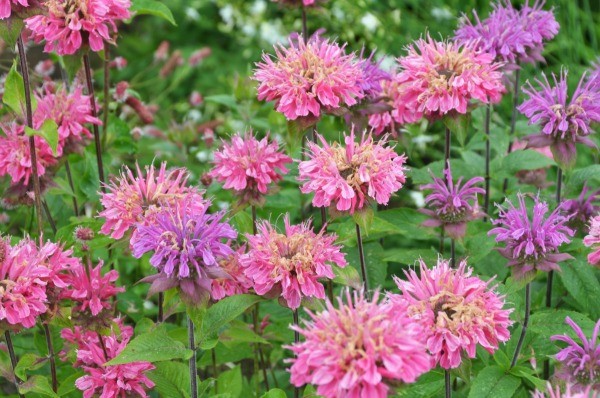

Rust is another disease that infects bee balm. Some varieties are flagged as resistant to mildew, but most resistant varieties are still likely to be infected to a limited extent and after a few years the mildew may overcome the resistance. Regular lifting, dividing and replanting is also helpful so the growth is never allowed to become too crowded. Rich, fertile soil types that encourage vigorous growth are also helpful as mildew is less likely to attack plants that are growing well. Mildew is most often a problem in dry summers, so keeping the roots damp helps prevent infection. The main problem that affects bee balm is mildew, a white fungal growth on the leaves which disfigures the plants and causes the foliage to drop off.
ORANGE BEE BALM PLANT HOW TO
(Image credit: Alamy Stock Photos/Mediasculp) Bee balm problems and how to solve them It reaches about 2ft (90cm) and is hardy to zone 5. Its scientific name is Monarda citriodora. Lemon bee balm: The leaves have a lemony flavor, and clusters of pink or white flowers often in two clusters one above the other.It reaches about 4ft (90cm) and is hardy to zone 3. Its scientific name is Monarda fistulosa. Wild bee balm: Also known as wild bergamot, grows from Quebec in the north to Texas and Arizona, will grow in drier conditions and has lavender flowers.It reaches about 3ft (90cm) and is hardy to zone 4.

Oswego tea: So called because it was first found by settlers in Oswego, New York state, and also known as bergamot or simply bee balm, grows from New England south to Georgia and Tennessee. It has bright scarlet flowers, enjoys moisture and a little shade and is often listed by its scientific name, Monarda didyma.

There are about 15 different native bee balms growing in different parts of the US or in different conditions. For native plant gardens, choose one of the wild native bee balms.


 0 kommentar(er)
0 kommentar(er)
